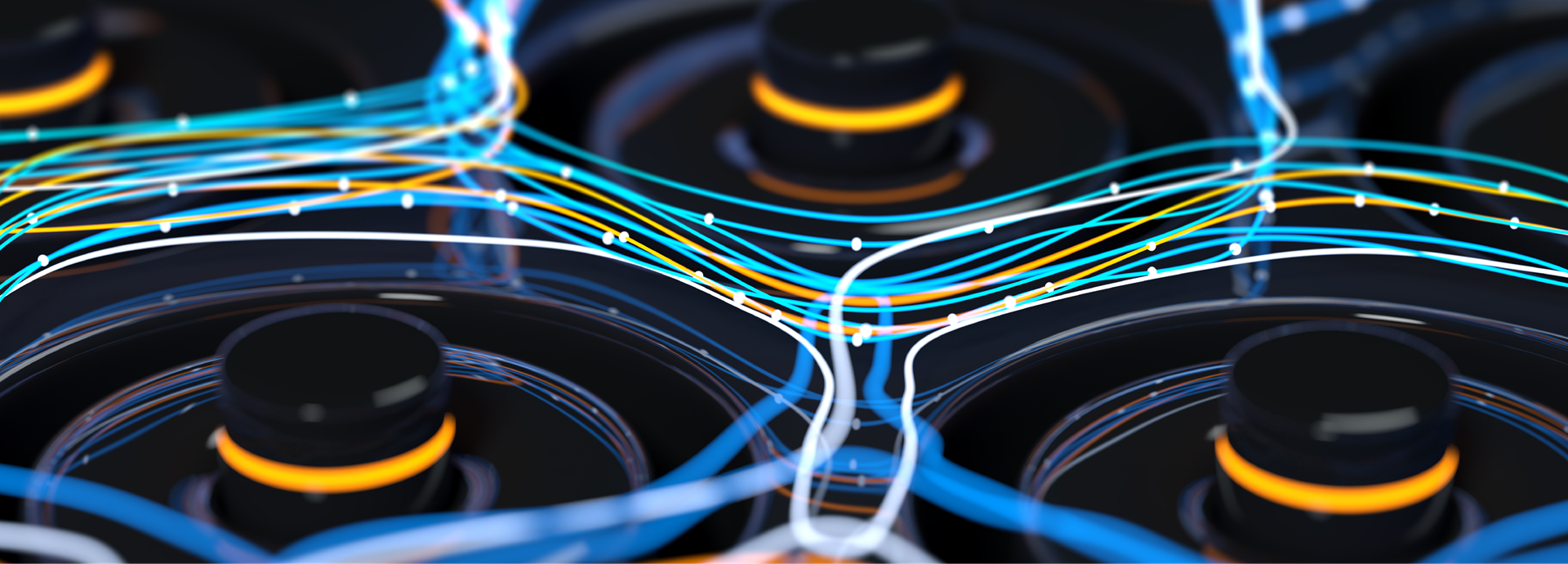

Sodium-ion batteries are gaining traction as a promising alternative to lithium-ion technology. Wärtsilä Energy aims to incorporate sodium-ion batteries into its future stationary energy storage solutions.
At present, lithium-ion batteries are the dominant electrochemical energy storage technology – and a highly popular option for storing renewable energy such as solar or wind.
When it comes to lithium-ion technology, its widespread adoption is a testament to its appeal. In addition to being used in renewable energy storage, different kinds of lithium-ion batteries are used in most portable consumer electronics, electric vehicles, and a countless array of equipment.
As the demand for lithium-ion batteries keeps growing, there remain challenging supply constraints on associated raw materials.
Sodium-ion technology could help alleviate supply limitations
Just below lithium on the periodic table, there’s sodium. Sodium-ion battery technology is currently raising extensive hype in the energy storage industry. Is it warranted – or should we take the sodium-ion fanfare with a pinch of salt?
The main interest for sodium-ion batteries stems from what the technology does not contain – lithium. Sodium-ion batteries may well help alleviate supply limitations by reducing the strain on lithium resources.
Wärtsilä Energy sees great potential in sodium-ion battery technologies. We believe that ultimately, sodium-ion batteries will be a complementary technology to lithium-ion in energy storage.
In many ways, sodium-ion technology is analogous to lithium-ion batteries – with the exception that lithium is replaced with sodium. Manufacturing sodium-ion batteries follows largely similar patterns and utilises similar technologies to lithium-ion batteries, meaning that scaling up could happen quickly and cost-effectively.
While sodium-ion batteries have not yet achieved the same performance level as lithium-ion batteries, they offer distinct advantages and potential benefits.
The clearest advantage is the natural abundance and lower cost of sodium compared to lithium, making sodium-ion batteries potentially a more economical and sustainable option.
Material source diversification is also an important consideration: due to the wider geographical availability of raw materials, sodium-ion batteries have the potential to further diversify energy storage supply chains.
Sodium-ion technology is attracting large investments
Many large players in the energy industry are investing in acquiring and developing sodium-ion technology. For example, in late 2021, Indian conglomerate Reliance Industries paid $135 million to purchase Faradion, a UK start-up developing sodium-ion batteries.
Some companies like Faradion are focusing on achieving higher energy density, while others, like US-based Natron Energy, are pursuing the development of a sodium-ion battery with a longer cycle life.
Chinese battery giant CATL, which holds more than 30% of the market share for lithium-ion batteries used in electric vehicles, equally unveiled its sodium-ion battery prototype in 2021, and is looking to mass produce next generation products in 2023. Several other Chinese companies also aim to achieve commercialisation before 2025.
Wärtsilä’s Next Business Lab is actively exploring the sodium-ion venture landscape, seeking the most promising growth companies and start-ups.
The energy technology landscape is evolving quickly, and we want to leverage our market leading position to ensure we keep finding the best new solutions for our customers. We are constantly on the lookout for game-changing energy storage innovations and possibilities that we can turn into pilot projects – and which could evolve into partnerships or even acquisitions.
Unlocking a sustainable future with sodium-ion technology
Sodium-ion batteries will be part of Wärtsilä’s energy storage offering in the relatively near future.
Safety is a top priority at Wärtsilä and for our customers when they are scaling up and creating large energy storage systems. Sodium-ion technology shows great potential for providing improved safety features for energy storage – and a lower price point once sufficiently scaled. This makes the technology especially interesting for stationary energy storage applications.
Even so, lithium-ion batteries are the industry standard for good reason. Technical advances are continually being made in lithium-ion battery technology as well, so emerging technologies essentially need to catch up with a moving train. At Wärtsilä, we don’t see sodium-ion technology replacing lithium-ion, but complementing it.
Before we see the full commercialisation of sodium-ion batteries for energy storage, it has several obstacles to overcome.
Sodium-ion batteries still face challenges in terms of energy density and durability compared to mature lithium-ion battery technology. Together with our partners, we are meticulously exploring how sodium-ion technology impacts our system design and operation, and we are currently moving towards testing this emerging technology in our research facilities.
We will see the emergence of commercial projects around sodium-ion-based stationary storage technology, simply because there are so many potential advantages. For many countries and companies, sodium-ion technology could unlock access to local energy storage. It could be a key steppingstone towards achieving a 100% renewable energy future.
The future for sodium-ion technology looks promising. By adopting sodium-ion battery technology, we will be able to ensure a smoother supply of energy storage batteries to help make a sustainable future possible for everyone.
Did you like this? Subscribe to Insights updates!
Once every six weeks, you will get the top picks – the latest and the greatest pieces – from this Insights channel by email.